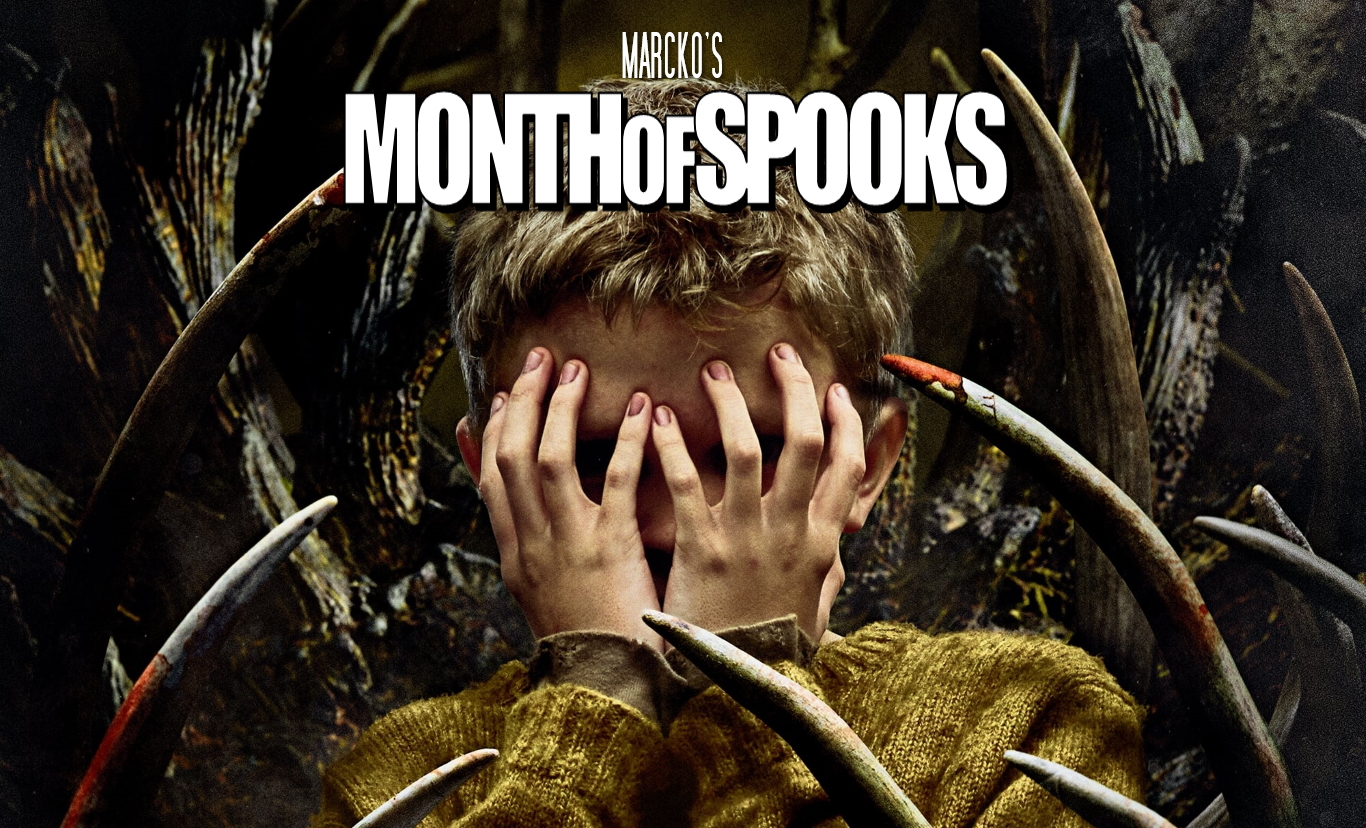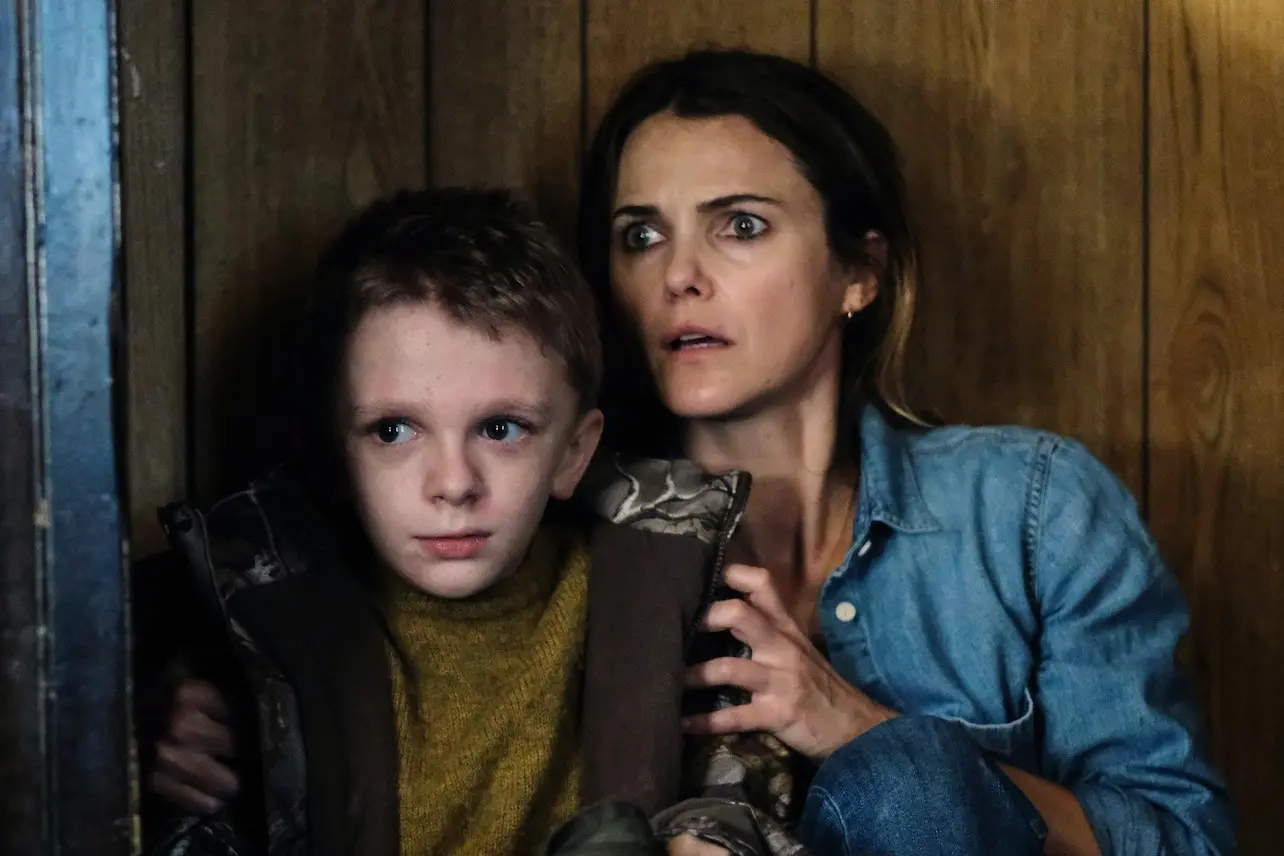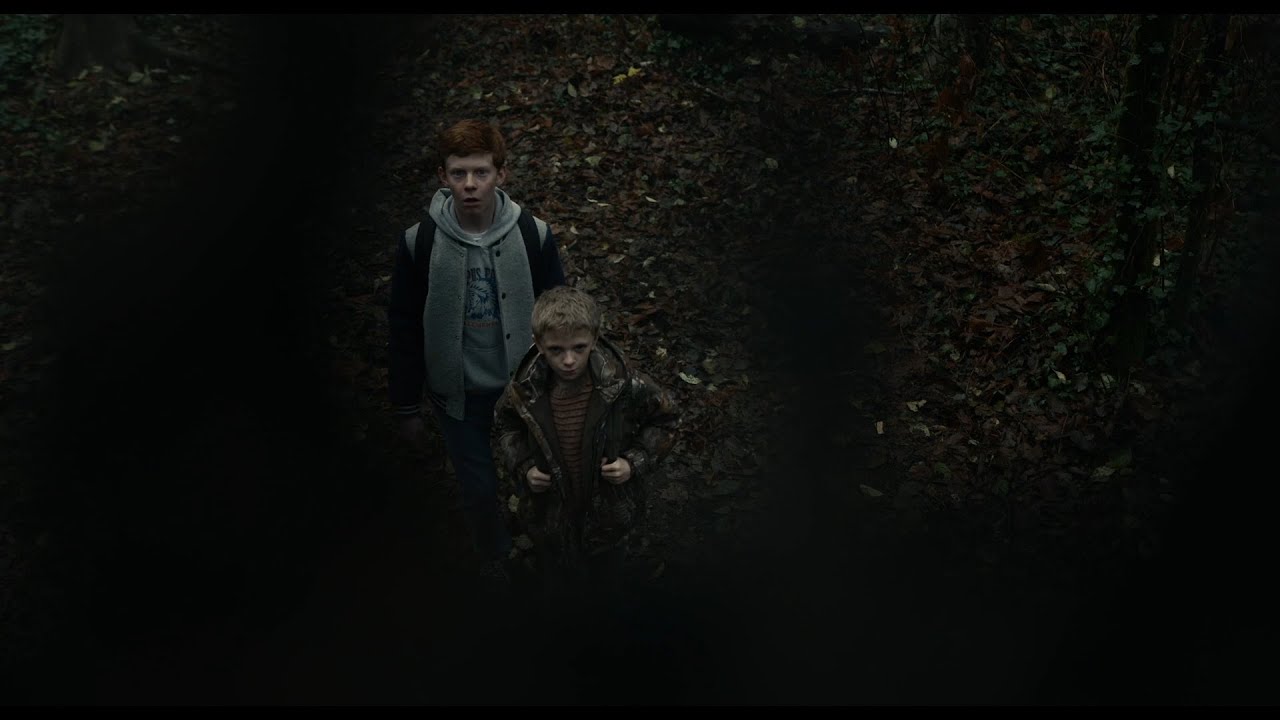Antlers (2021)

Antlers (2021), directed by Scott Cooper and produced by Guillermo del Toro, is a haunting horror film that blends folklore, psychological drama, and visceral scares into a chilling narrative. Adapted from Nick Antosca’s short story The Quiet Boy, the film delves into themes of trauma, environmental decay, and the monstrous consequences of unchecked human actions. With its atmospheric setting and deeply unsettling tone, Antlers offers a modern reimagining of ancient myths.
Set in a remote and economically struggling Oregon town, the story follows Julia Meadows (Keri Russell), a schoolteacher who has recently returned to her hometown after a long absence. Battling her own emotional scars from a traumatic childhood, Julia becomes concerned about one of her students, Lucas Weaver (Jeremy T. Thomas). Lucas is a withdrawn and troubled boy whose disturbing drawings and behavior hint at something sinister in his life.
Unbeknownst to Julia, Lucas is harboring a dark and terrifying secret. His father, Frank (Scott Haze), a methamphetamine cook, and his younger brother, Aiden, have been infected by a malevolent force after a horrifying encounter in an abandoned mine. This force, revealed to be a Wendigo—a creature from Algonquin folklore—has taken hold of Frank, transforming him into a monstrous, insatiable entity. Lucas, driven by both fear and love, struggles to care for his increasingly dangerous family members, locking them away in their dilapidated home and feeding them to keep the beast at bay.
As Julia and her brother, Sheriff Paul Meadows (Jesse Plemons), investigate Lucas’s situation, they uncover the horrifying truth about the Wendigo. The creature, a manifestation of greed and environmental destruction, thrives on human suffering and serves as a stark metaphor for the exploitation of nature and the neglect of marginalized communities. The film intertwines this supernatural horror with real-world issues, creating a layered narrative that is as thought-provoking as it is terrifying.
Keri Russell delivers a compelling performance as Julia, portraying a woman grappling with her past while trying to protect a vulnerable child from an unimaginable threat. Jeremy T. Thomas shines as Lucas, capturing the vulnerability and resilience of a boy burdened with a responsibility far beyond his years. Jesse Plemons brings a grounded presence to the film as Paul, whose skepticism and pragmatism contrast with Julia’s growing belief in the supernatural.
The film’s atmosphere is one of its strongest assets, with cinematographer Florian Hoffmeister creating a bleak and foreboding aesthetic. The misty forests, decaying buildings, and overcast skies amplify the sense of isolation and dread, immersing the audience in a world where danger lurks in every shadow. The creature design, overseen by Guillermo del Toro’s production team, is both grotesque and mesmerizing, bringing the Wendigo to life in a way that is both true to its folkloric roots and uniquely cinematic.
Thematically, Antlers explores the cyclical nature of trauma, the consequences of neglect, and humanity’s strained relationship with the natural world. The Wendigo, a symbol of unchecked consumption and greed, serves as an apt metaphor for the film’s underlying message about the destructive impact of human actions on both individuals and the environment.
While Antlers received praise for its atmosphere, performances, and creature design, some critics noted that its ambitious themes occasionally felt underexplored. The balance between the personal drama of its characters and the broader allegorical elements sometimes leans heavily on atmosphere rather than narrative cohesion. However, these critiques do little to detract from the film’s ability to evoke fear and provoke thought.
At its heart, Antlers is more than just a horror film; it’s a meditation on human vulnerability in the face of ancient and modern evils. The film’s combination of psychological depth, visceral horror, and poignant commentary makes it a compelling addition to the genre, offering both scares and substance. It’s a chilling reminder that the monsters we create, whether through myth or reality, are often reflections of ourselves.











